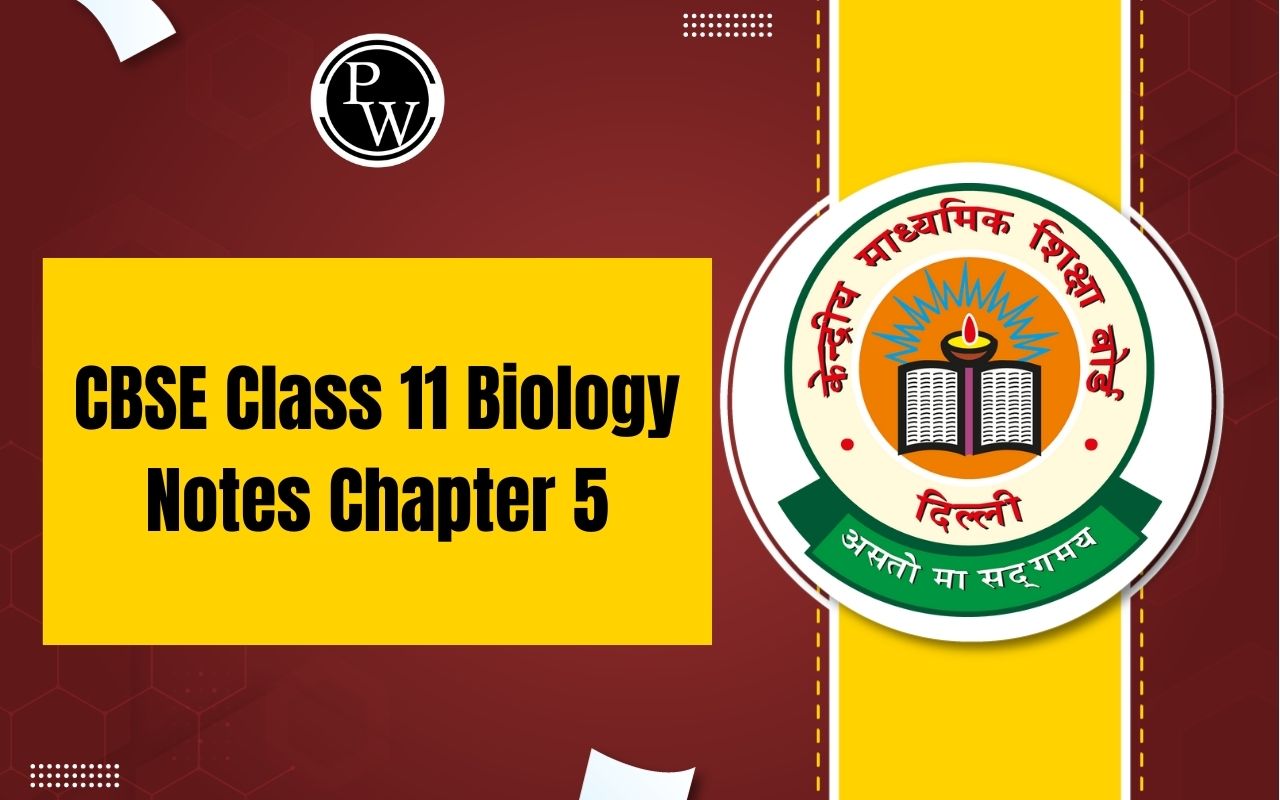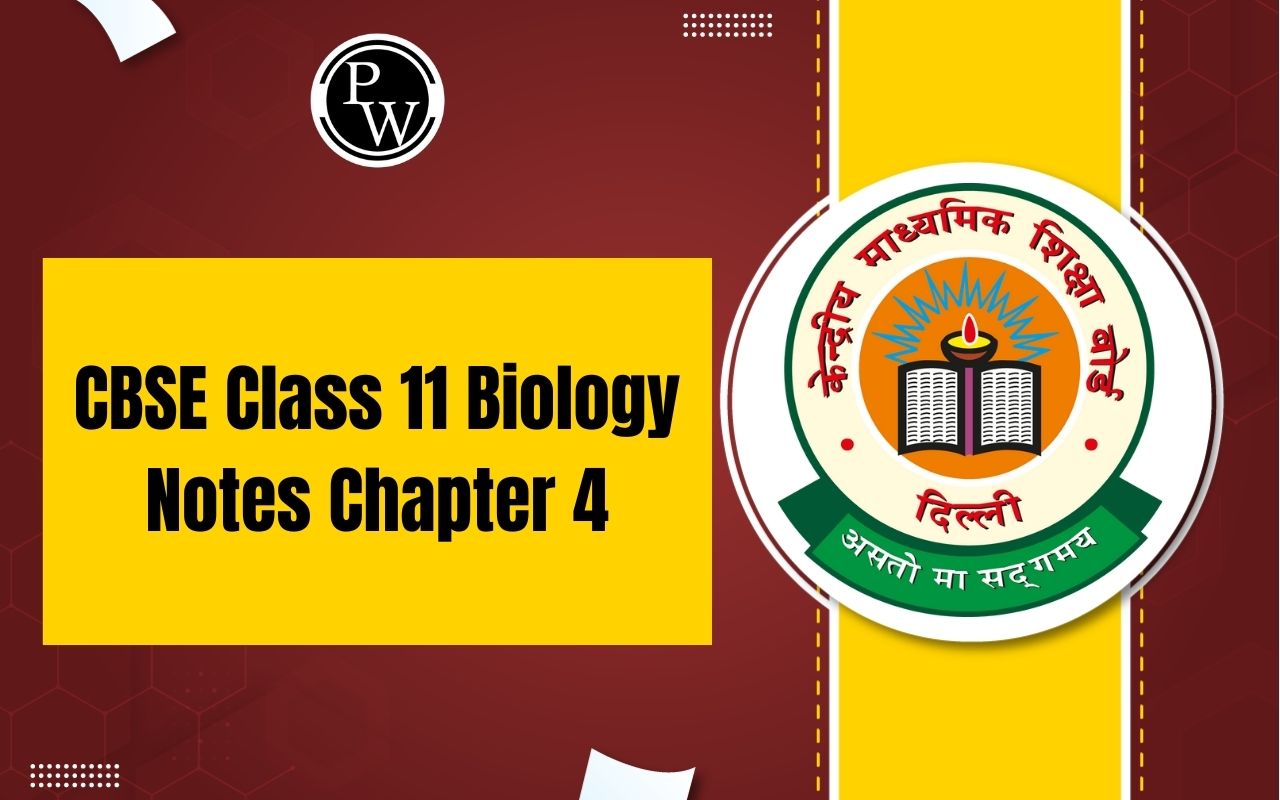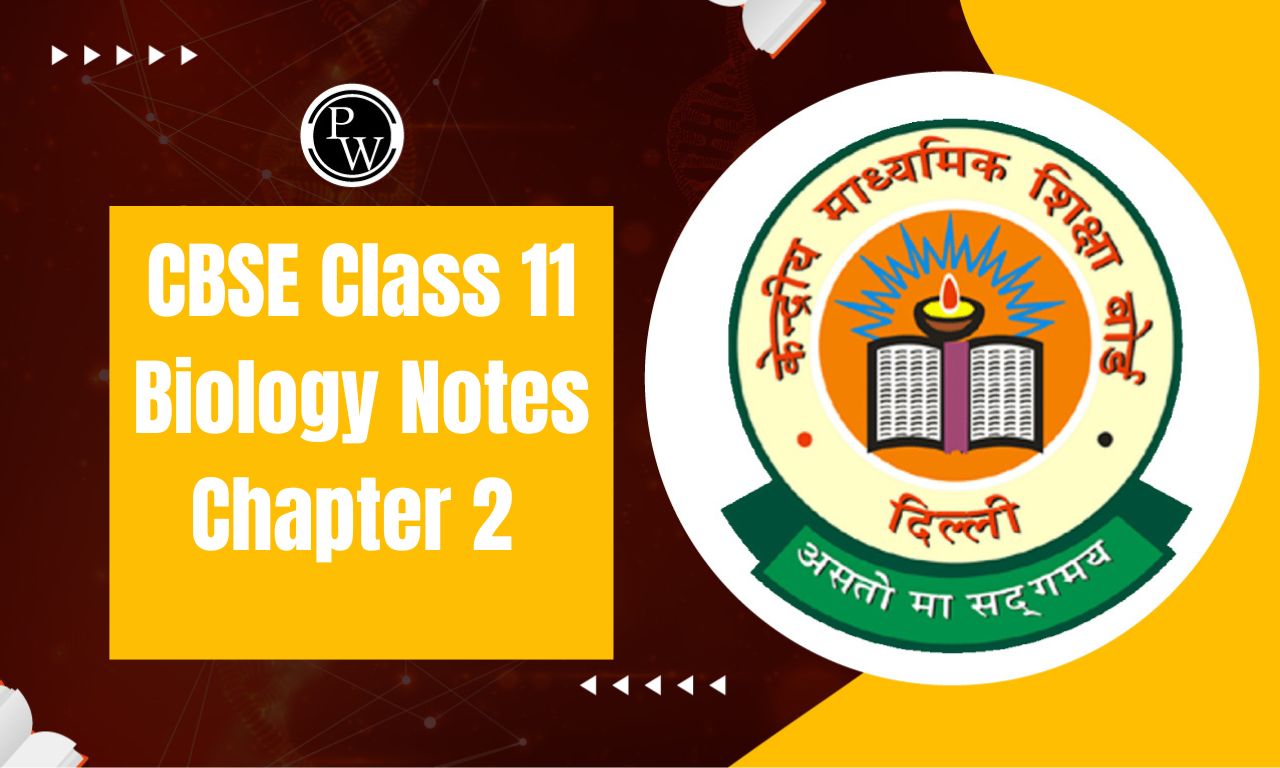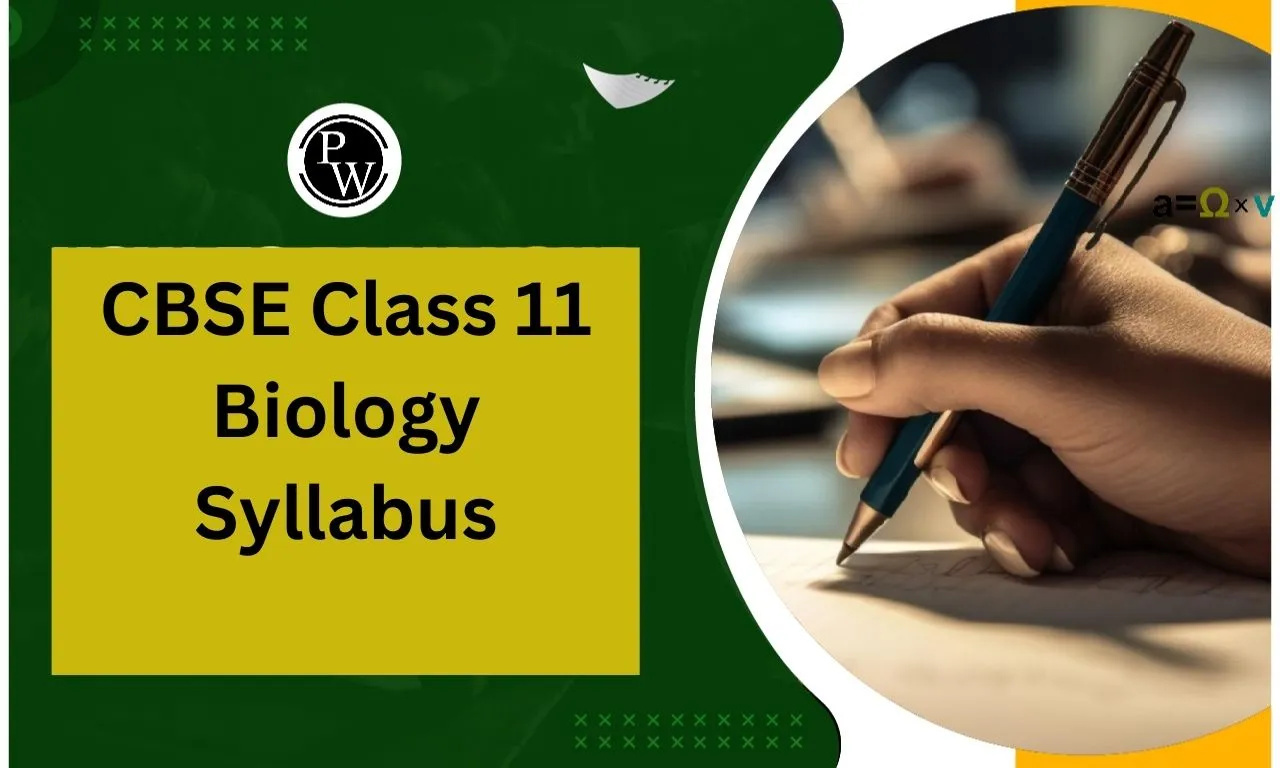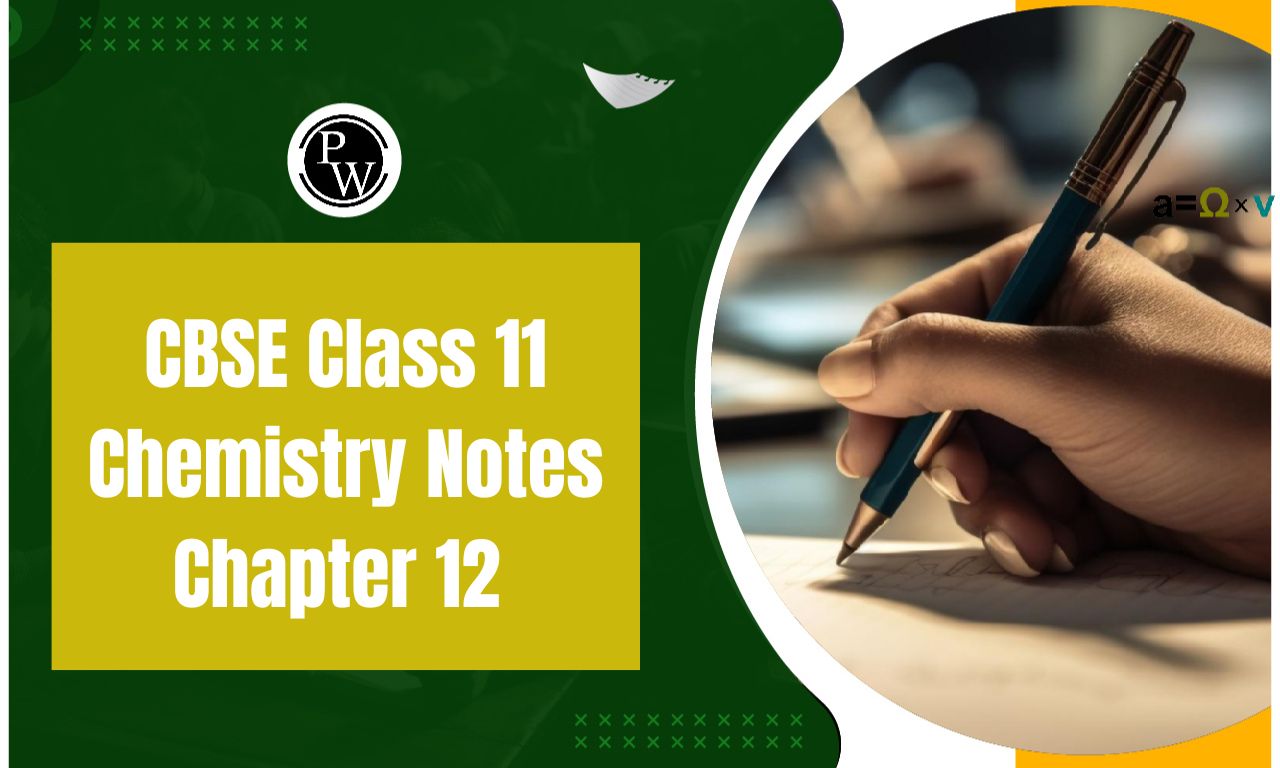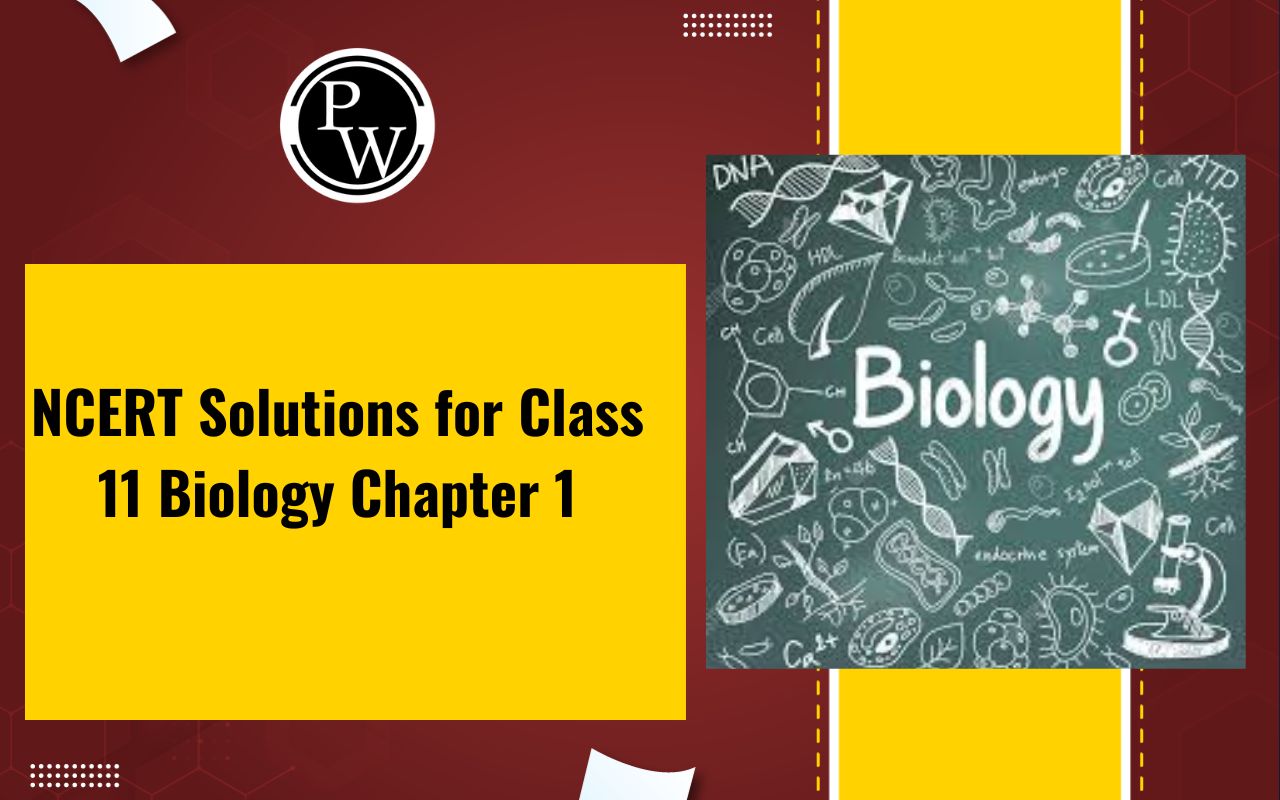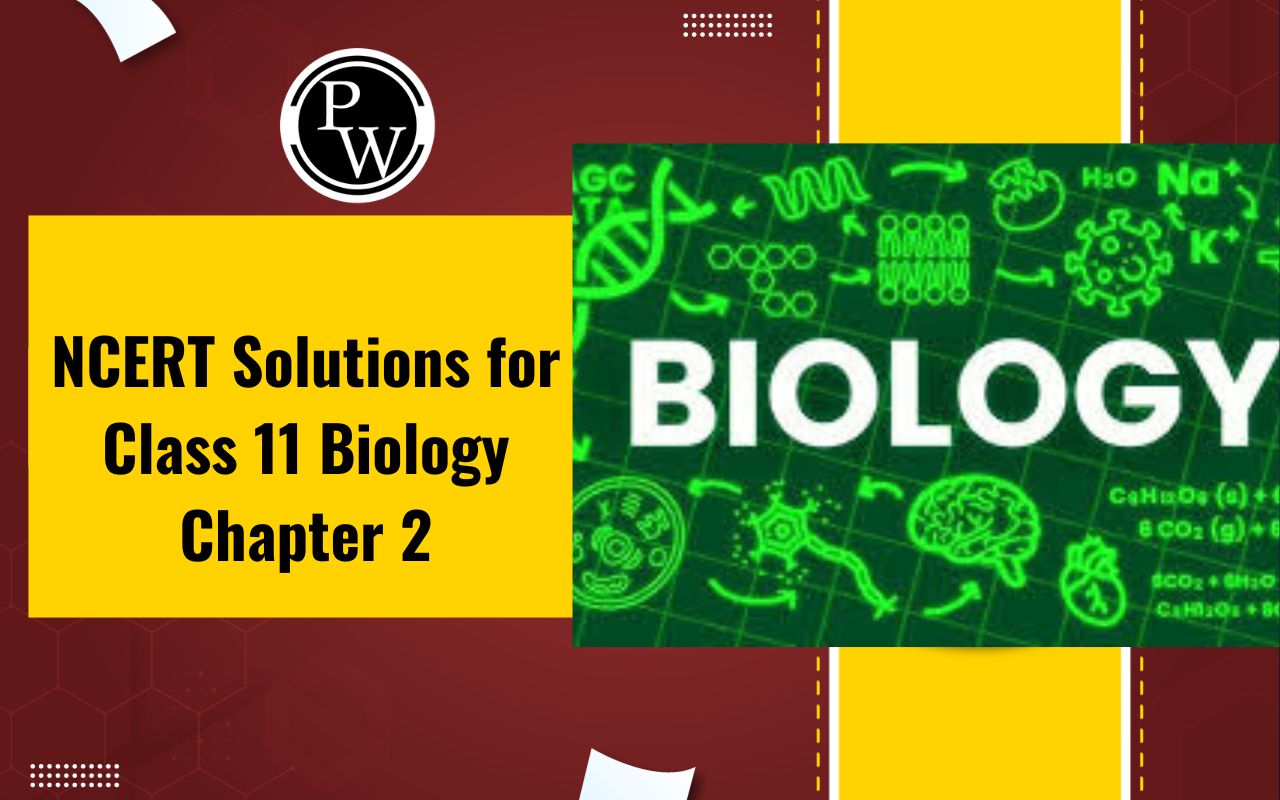
NCERT Solutions for Class 11 Biology Chapter 4: Chapter 4 of Class 11 Biology, "Animal Kingdom," provides a comprehensive overview of the classification of animals based on their body organization, symmetry, coelom, segmentation, and reproduction. It explains the hierarchy of classification, from phylum to species, and introduces key features of various phyla such as Porifera, Coelenterata, Platyhelminthes, Nematoda, Annelida, Arthropoda, Mollusca, Echinodermata, and Chordata.
The chapter highlights distinguishing characteristics like body structure, habitat, modes of nutrition, and reproduction. It also emphasizes the evolutionary relationships between organisms. This knowledge is foundational for understanding animal diversity and their ecological significance in the biosphere.NCERT Solutions for Class 11 Biology Chapter 4 Overview
Chapter 4 of Class 11 Biology, Animal Kingdom, explores the classification of animals based on features like body organization, symmetry, coelom, segmentation, and reproduction. It systematically describes various phyla, including Porifera, Coelenterata, Arthropoda, Mollusca, and Chordata, highlighting their structural and functional characteristics. This chapter is crucial as it lays the foundation for understanding animal diversity, evolution, and ecological roles. By studying these classifications, students grasp how animals adapt to different environments and contribute to ecosystems. The chapter’s importance extends to developing analytical skills, aiding in competitive exams, and fostering appreciation for the complexity and interdependence of life forms.NCERT Solutions for Class 11 Biology Chapter 4 Question Answer PDF
Chapter 4 of Class 11 Biology, Animal Kingdom, provides detailed insights into the classification of animals based on criteria like body organization, symmetry, coelom, and reproduction. It explains various phyla such as Porifera, Arthropoda, and Chordata, highlighting their unique features and ecological significance. Below, we have provided the NCERT Solutions PDF to help students with clear, concise explanations and step-by-step answers for a better understanding of this chapter.NCERT Solutions for Class 11 Biology Chapter 4 PDF
NCERT Solutions for Class 11 Biology Chapter 4 Animal Kingdom
Below is the NCERT Solutions for Class 11 Biology Chapter 4 Animal Kingdom -1. What are the difficulties that you would face in classification of animals, if common fundamental features are not taken into account?
Solution
Animals are classified based on shared features like cell structure, body symmetry, type of coelom, digestive system, circulatory system, and reproductive system. Without these common traits, it would be very hard to study each organism separately. Adding newly discovered species would also be difficult without a clear system. To understand the variety of animals, classification needs to follow basic shared characteristics. Some other difficulties are: (i) Tracing of interdependence amongst various animals will become difficult (ii) Difficulty in developing new species of animals2. If you are given a specimen, what are the steps that you would follow to classify it?
Solution:
The steps to classify the specimen are given below: (i) Classify level of organization: Classify the arrangement of cells in the cellular and tissue-level organization. (ii) Symmetry: Classify the organism according to radial or bilateral symmetry. (iii) Classify Diploblastic or triploblastic organization (iv) Presence or absence of body cavity (v) Type of coelom development (vi) Classify segmentation (vii) Differentiate the presence or absence of notochord.3. How useful is the study of the nature of body cavity and coelom in the classification of animals?
Solution:
An animal with a coelom is referred to as a coelomate. The coelom is the fluid-filled chamber or bodily cavity that the mesoderm lines. In certain species, the mesoderm is a dispersed cyst between the ectoderm and the endoderm rather than covering the body cavity. Pseudocoelomates, like Aschelminthes, are creatures that possess such a bodily cavity, which is known as a pseudocoelom. Some species, such as Platyhelminthes, are referred to as acoelomates because they lack a body cavity. To determine an organism's level of organ complexity, the body cavity and coelom must be classified.4. Distinguish between intracellular and extracellular digestion.
Solution:
| Intracellular Digestion | Extracellular Digestion |
| It occurs in lower organisms | Occurs in multicellular organisms |
| Occurs within cells | Occurs within the cavity of the alimentary canal, outside the cell |
| It is less efficient with no regional differentiation | Highly efficient with regional differentiation |
| Enzymes associated are very few | Large number of digestive glands and enzymes are required |
5. What is the difference between direct and indirect development?
Solution:
| Direct Development | Indirect Development |
| Occurs in fish, reptile birds and mammals | Occurs in vertebrate amphibians |
| In direct development, the embryo develops into a well-grown individual without involving a larval stage. | It involves a sexually immature larval stage |
| Metamorphosis is absent | Metamorphosis is present |
| E.g.: Hydra, earthworm | E.g.: Frog, butterfly |
6. What are the peculiar features that you find in parasitic platyhelminthes?
Solution:
The typical features of the parasitic platyhelminthes are: (i) Free-living parasitic forms. (ii) They have an organ level of organization. (iii) Mostly hermaphrodites (iv) Three-layered body wall – the epidermis (outer covering) is often ciliate and covered with cuticle. (v) The digestive tract is incomplete or absent (vi) The presence of well-defined excretory structures, such as flame cells. (vii) Presence of anti-toxins and a thick tegument which is resistant to the digestive enzymes of the host. (viii) Anaerobic respiration. No special respiratory structure was observed. (ix) The front body part has suckers, hooks, eye spots and auricles to attach to the hosts. (x) A highly developed reproductive system of parasitic forms.7. What are the reasons that you can think of for the arthropods to constitute the largest group of the animal kingdom?
Solution:
The following are the causes for the arthropods making up the largest group of animal kingdoms: (i) They have jointed legs that allow them to be motile, and perform many other functions due to these jointed appendages. (ii) A hardened skeleton made of chitin protects their body. (iii) Hard skeletons reduce water loss from the body. (iv) Demonstrate a different system for locomotion, respiration and reproduction. (v) Ability to live in diverse conditions and varied habitats. (vi) In comparison to other phyla, they are pre-developed. (vii) Well-developed sense organs and nervous system. (vii) Some insects exhibit pheromones that enable communication.8. Water vascular system is the characteristic of which group of the following:
(a) Porifera (b) Ctenophora (c) Echinodermata (d) Chordata
Solution:
From the four given options the correct answer is (c) Echinodermata This is their characteristic. A perforated panel in them, known as madreporite, allows water to percolate in their systems.9. “All vertebrates are chordates but all chordates are not vertebrates”. Justify the statement.
Solution
The phylum chordate is distinguished by the presence of a notochord and paired pharyngeal gill slits. However, in adults, columns of bony vertebrae take the place of the vertebrata notochord in the embryo in the subfilm. Therefore, it is argued that "not all chordates are vertebrates, but all vertebrates are chordates."10. How important is the presence of air bladder in Pisces?
Solution:
Air bladder in Pisces regulates Buoyancy, which prevents fish from sinking.11. What are the modifications that are observed in birds that help them fly?
Solution:
The variations found in birds that help them fly are given below: (i) The presence of feathers. (ii) Forelimbs are turned into wings to help with flight. (iii) Hind limbs have scales. (iv) They have pneumatic or hollow bones that lighten the skeleton. (v) Absence of urinary bladder causes net body weight loss and facilitates them to fly. (vi) Their streamlined body provides less resistance and enables longer flight.12. Could the number of eggs or young ones produced by an oviparous and viviparous mother be equal? Why?
Solution:
No, oviparous and viviparous mothers do not produce the same amount of eggs or offspring. Since fertilisation occurs outside the uterus in oviparous animals and development occurs inside the uterus in viviparous animals, resulting in fewer successful incubations of young animals, the quantity of eggs produced by oviparous moms is more comparable. Because they are immobile, eggs outside run the risk of being consumed by predators. Therefore, more eggs are needed in order to support the offspring.13. Segmentation in the body is first observed in which of the following?
(a) Platyhelminthes (b) Aschelminthes (c) Annelida (d) Arthropoda
Solution:
From the four given options, the correct answer is (c) Annelida14. Match the following:
| Column I | Column II |
| (a) Operculum | (i) Ctenophora |
| (b) Parapodia | (ii) Mollusca |
| (c) Scales | (iii) Porifera |
| (d) Comb plates | (iv) Reptilia |
| (e) Radula | (v) Annelida |
| (f ) Hairs | (vi) Cyclostomata and Chondrichthyes |
| (g) Choanocytes | (vii) Mammalia |
| (h) Gill slits | (viii) Osteichthyes |
Solution:
| Column I | Column II |
| (a) Operculum | (viii) Osteichthyes |
| (b) Parapodia | (v) Annelida |
| (c) Scales | (iv) Reptilia |
| (d) Comb plates | (i) Ctenophora |
| (e) Radula | (ii) Mollusca |
| (f ) Hairs | (vii) Mammalia |
| (g) Choanocytes | (iii) Porifera |
| (h) Gill slits | (vi) Cyclostomata and Chondrichthyes |
15. Prepare a list of some animals that are found parasitic on human beings.
Solution:
Some animals that are found parasitic in humans are as follows: i. Ancylostoma (Hookworm) ii. Taenia (Tapeworm) iii. Enterobius (Pinworm) iv. Wuchereria (Filarial worm) v. Ascaris (Roundworm)Benefits of Using NCERT Solutions for Class 11 Biology Chapter 4
Using NCERT Solutions for Class 11 Biology Chapter 4, Animal Kingdom, offers several benefits:Comprehensive Understanding : The solutions provide detailed explanations, ensuring students grasp complex concepts such as animal classification, body symmetry, and evolutionary relationships.
Structured Learning : With clearly organized answers, students can easily follow step-by-step solutions that improve their problem-solving and analytical skills.
Accuracy : The NCERT Solutions are in line with the official syllabus and provide accurate, reliable content for exam preparation.
Concept Reinforcement : By solving exercises and questions, students reinforce their understanding of the chapter’s key topics, aiding retention and application of knowledge.
Improved Exam Performance : Regular practice with NCERT Solutions helps students familiarize themselves with exam-style questions, boosting confidence and exam readiness.
NCERT Solutions for Class 11 Biology Chapter 4 FAQs
What makes an Animal Kingdom?
Is the Animal Kingdom the biggest kingdom?
Are humans part of the Animal Kingdom?
What is animal kingdom known as?

